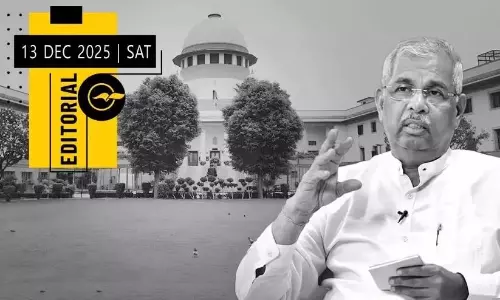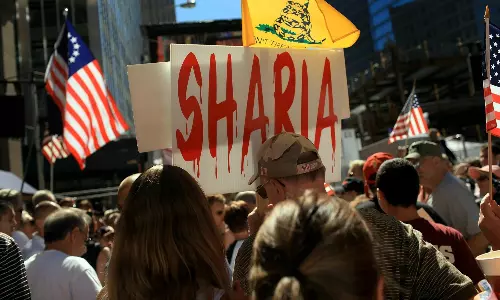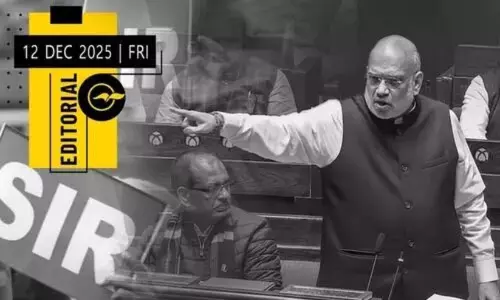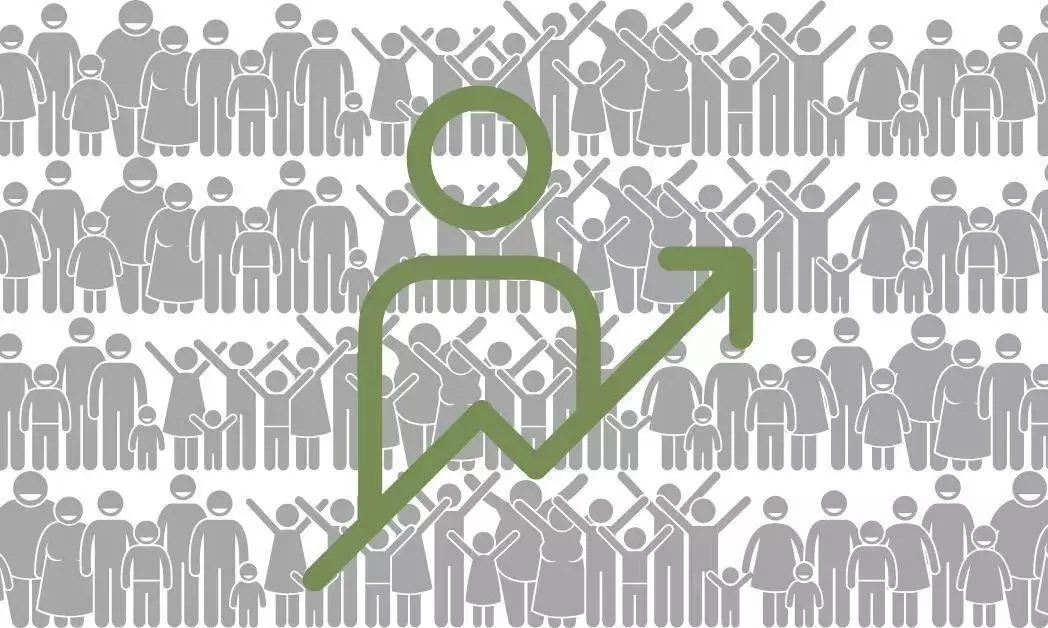
PM-EAC study highlights Muslim birth rate rise: Is to create fear among Hindus
text_fieldsAs the Lok Sabha elections enter their fourth phase, a study on demographics has been released by the Economic Advisory Council to the Prime Minister (PM-EAC). This study focuses on India's religious demographics over a span of 65 years, from 1950 to 2015, particularly on the increase and decrease of minority and majority communities in comparison to neighbouring countries with a specific focus on the Muslim community to demonstrate their well-being in India.
The report, titled 'Share of Religious Minorities: A Cross Country Analysis,' delves into data from 167 countries, shedding light on the evolving religious composition of populations worldwide.
One of the most notable findings of the report is the decline in the share of the Hindu population by 7.82 per cent during the aforementioned period. Conversely, the Muslim, Christian, Sikh, and Buddhist populations have witnessed a rise in their respective shares.
The Muslim population saw an increase from 9.84 per cent to 14.09 per cent, while the Christian population rose from 2.24 per cent to 2.36 per cent. Sikhs experienced an increase from 1.24 per cent to 1.85 per cent, and Buddhists saw their share rise from 0.05 per cent to 0.81 per cent.
The analysis, relying on the Religious Characteristics of States Dataset 2017, focused on countries where a majority religion accounted for more than 50 per cent of the total population in 1950.
According to a report published in The Indian Express, the report refrained from attributing specific causes to these demographic changes but suggested that they may reflect the outcome of policy actions, political decisions, and societal processes fostering a conducive environment for increasing diversity.
Shamika Ravi, a member of the PM-EAC and one of the report's authors, highlighted the parallel between India's experience and that of high-income liberal democracies, such as OECD countries, where a major decline in the share of the majority religion has been observed. Ravi emphasized that the change in the proportion of minorities as a share of the total population serves as a reliable indicator of the status of minorities within a country.
The report, however, countered the narrative that the minority communities, particularly the Muslims and Christians, are being persecuted by majoritarian Hindutva ideological groups, terming such reports as 'noise' and asserting that they not only are protected but also thrive in India, unlike the condition of minorities in neighbouring countries like Pakistan, Bangladesh, Bhutan, Afghanistan, and Sri Lanka.
However, the Population Foundation of India, a non-profit organization dedicated to addressing population issues through research and advocacy, cautioned against misinterpretations of the report.
Poonam Muttreja, the executive director of the organization, warned against selectively highlighting the birth rate of the Muslim community with political intentions, noting that the truth is that the fertility rate of the Muslim community is the lowest among the other religious groups.
Muttreja pointed out that the total fertility rate (TFR) among all religious groups in India has been declining, with Muslims experiencing the highest decrease of 1 percentage point from 2005-06 to 2019-21, while Hindus saw a 0.7 percentage point drop.























